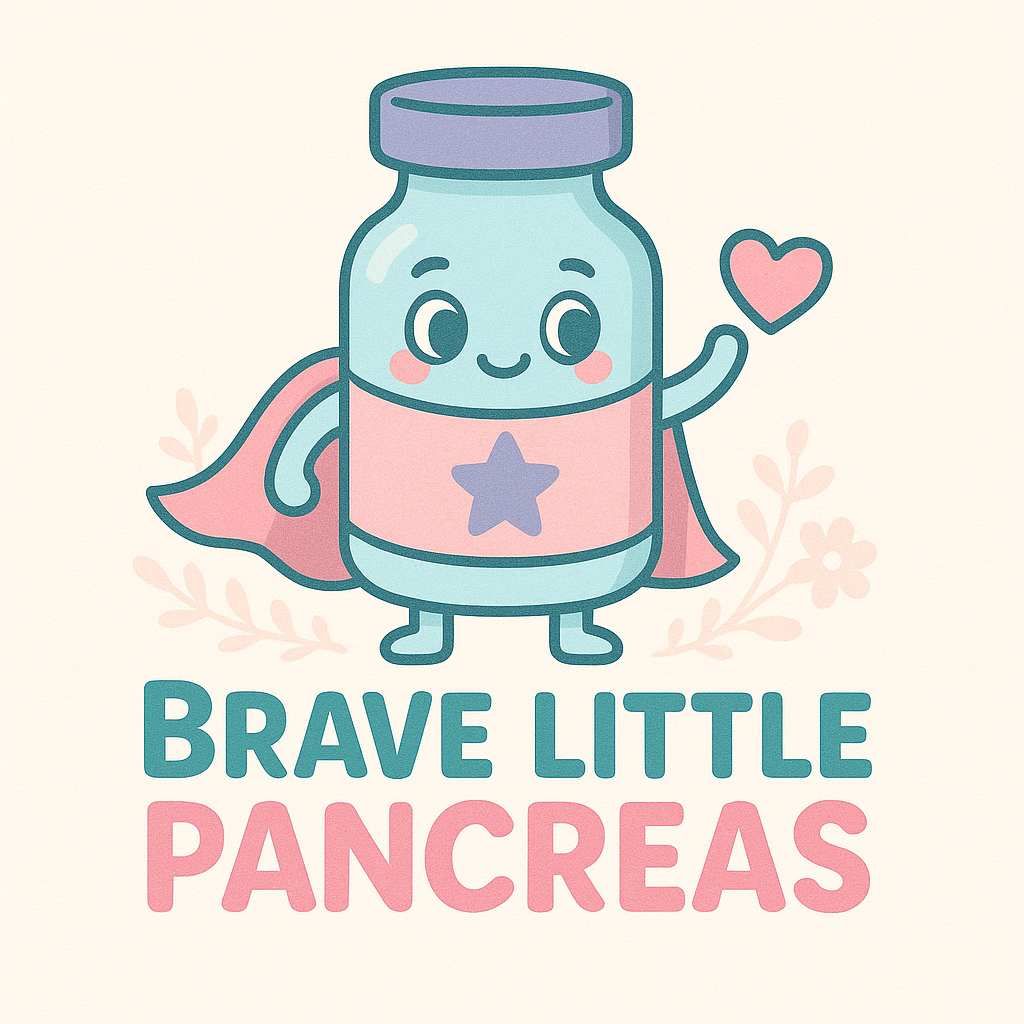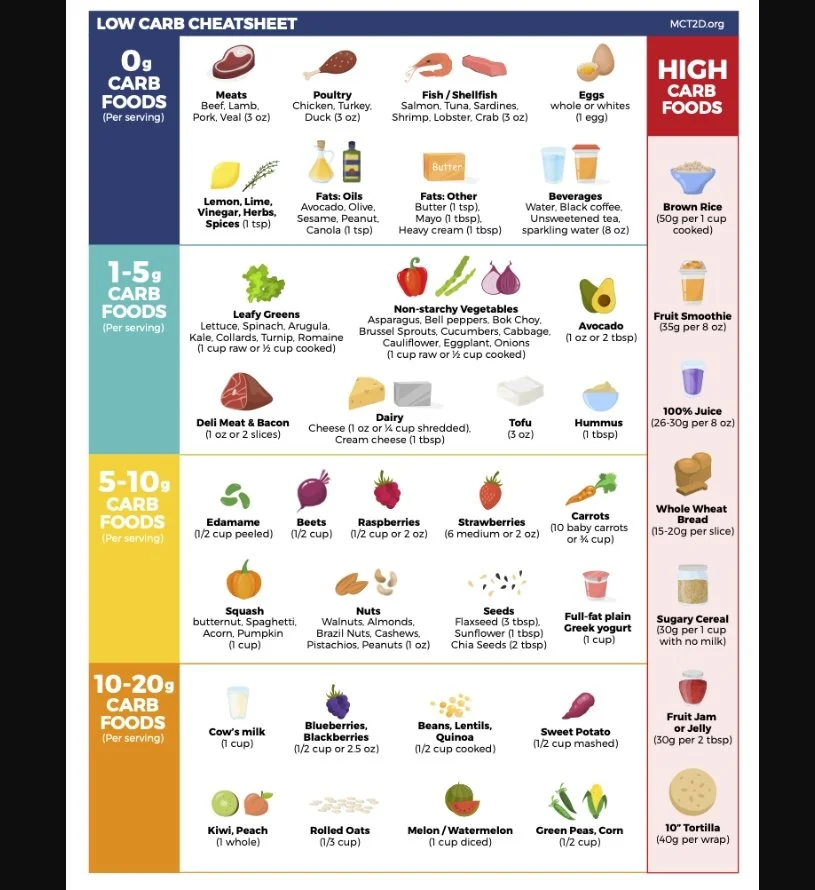Lesson 3: Carb Counting Made Simple
In this lesson, you’ll learn:
✔️ Why carb counting matters for blood sugar control
✔️ The basics of identifying carbs in food
✔️ How to calculate insulin doses with carbs
✔️ Tools and tips to make carb counting easier
Why Carb Counting Matters
Carbohydrates (carbs) are the main nutrient that affects blood sugar. When your child eats carbs, their blood sugar rises — and insulin is needed to bring it back into range.
By learning to “count carbs,” you can match insulin more accurately to food. This helps prevent highs and lows, keeps your child feeling better, and gives them more flexibility in what they eat.
Identifying Carbs in Food
Carbs are found in:
Grains & starches: bread, pasta, rice, cereal
Fruits & fruit juices
Milk & yogurt
Sweets & desserts: cookies, candy, cake
Snack foods: chips, crackers, granola bars
Foods that are low or no carb: meats, cheese, eggs, nuts, most veggies (especially leafy greens).
👉 Parent Tip: Don’t stress about being perfect — carb counting is a skill that improves with practice.
The Basics of Carb Counting
Read nutrition labels
Look for Total Carbohydrates (not just sugars).
Pay attention to the serving size!
Use carb counting books or apps
Popular apps: CalorieKing, MyFitnessPal, Carb Manager.
Many families keep a printed carb reference chart in the kitchen.
Estimate when needed
At restaurants or parties, you won’t have exact numbers.
Use your best guess and check blood sugar later.
Matching Insulin to Carbs
Your doctor will provide an insulin-to-carb ratio (ICR). Example: 1 unit of insulin for every 15 grams of carbs.
Example: If your child eats 45g of carbs and their ratio is 1:15 → they’ll need 3 units of insulin.
Ratios may change depending on the time of day, growth, or activity level. Always check with your care team.
Tips to Make Carb Counting Easier
Keep a list of “go-to” meals with carb counts written down.
Use a food scale for accuracy at home.
Teach your child gradually — let them read labels or count carbs for snacks.
Don’t aim for perfection — patterns matter more than exact numbers.
Quick Parent Tip
✨ Focus on progress, not perfection. If you’re off by a few grams, it’s okay — you’ll learn how your child responds and adjust over time.
👉 Next Lesson Preview: Exercise + Activity — how movement affects blood sugar (and how to prepare for sports, playdates, and more).


